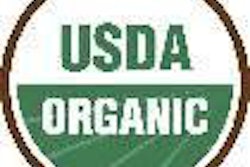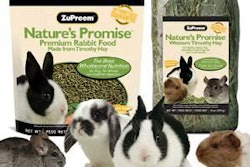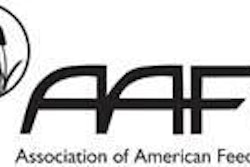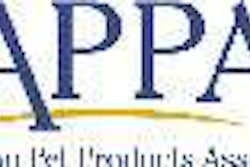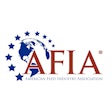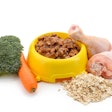It seems every day brings notice of a new US petfood recall due to potential Salmonella contamination. Most people in the industry would say this is not because petfood manufacturers are making unsafe products or failing to follow safety protocols. Rather, it’s from the US Food and Drug Administration (FDA) stepping up its inspections (many unannounced) of manufacturing facilities and rules on reporting the findings from those inspections.
And with the various strains of Salmonella being the type of organisms that are nearly always present in minute amounts, they’re very likely to show up during an inspection, even if nowhere near the raw materials, processing areas or finished products and even if the amount present is nowhere significant enough to cause any sort of problem.
Food safety is of the utmost importance, and today’s consumers demand not just the highest levels of safety but also transparency and communication about it. This is especially true in petfood since the massive 2007 recalls. Though those were caused by intentional adulteration with melamine, a substance that normally is not and should not be anywhere in the vicinity of petfood, the 2007 situation made pet owners, especially in the US, keenly aware of what goes into their furry charges’ food and how it’s made.
But are the increasing inspections and reporting regulations a classic case of overkill? One industry member says the business models of many small companies don’t account for the costs of meeting the heightened regulations; and even larger companies that can afford the latest equipment, programs and consultants will never recoup their costs.
At the other extreme, a recent article from the Associated Press (AP) describes how several states—including Wisconsin, Wyoming, Maine and Tennessee—are easing licensing and inspection regulations for homemade goods sold at farmers markets, small farms and similar venues. As more US consumers become interested in buying locally grown food, the article says, these states are creating exemptions for “amateur chefs” who want to sell their extra jams and canned goods. The exemptions are causing anxiety among food processors still required to follow inspection and licensing rules.
This got me thinking about the many times I’ve heard owners of small petfood companies, especially those specializing in raw products, describe how they started making food for their own pets in their kitchens, began sharing it with friends and acquaintances and then decided to make and market the foods commercially.
Many of these start-ups have gone on to become successful manufacturers that now have state-of-the-art safety programs, as do most raw petfood companies (see the Nature’s Variety profile). But how many others are giving away or selling their homemade products without any sort of safety standards in place? As long as they’re not subjecting their own pets to unsafe foods, should we trust that those foods, like the homemade goods now being exempted by some states, are OK without following licensing and inspection rules?
I believe recent crises like the economic meltdown (fueled by massive speculation and investment in ultra risky home mortgages and other bogus financial products) and the ongoing oil-spill disaster in the Gulf of Mexico make the case that government oversight is necessary. But regulations should be based on science and enforced in a way that doesn’t penalize companies doing the right things and making safe, healthy products that consumers want and need.
The AP author, Dinesh Ramde, hit the nail on the head with a reference to “regulatory common sense.” If only that didn’t seem an oxymoron at times.


